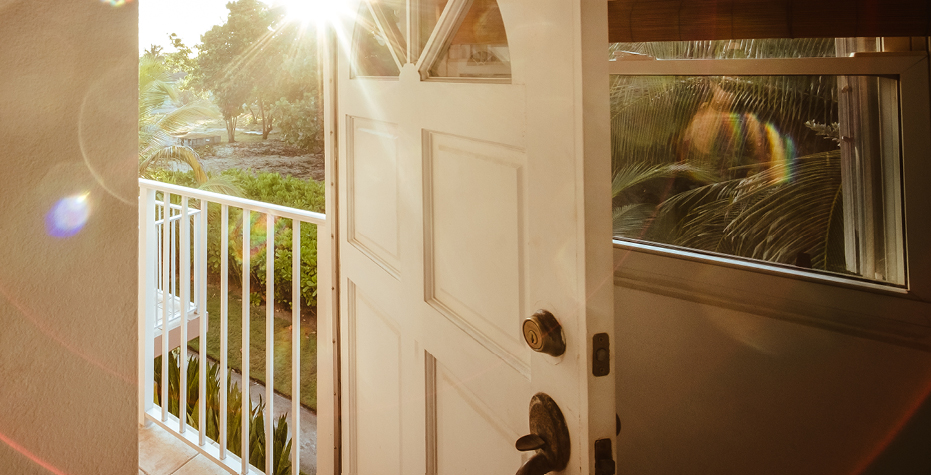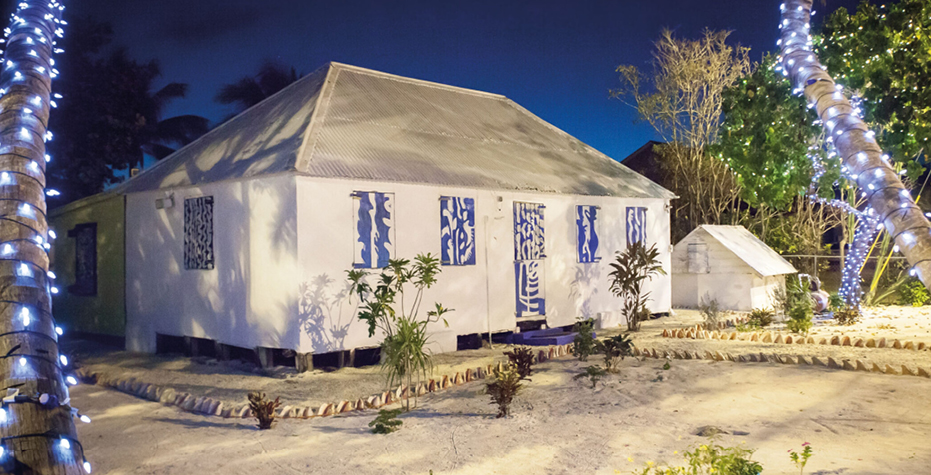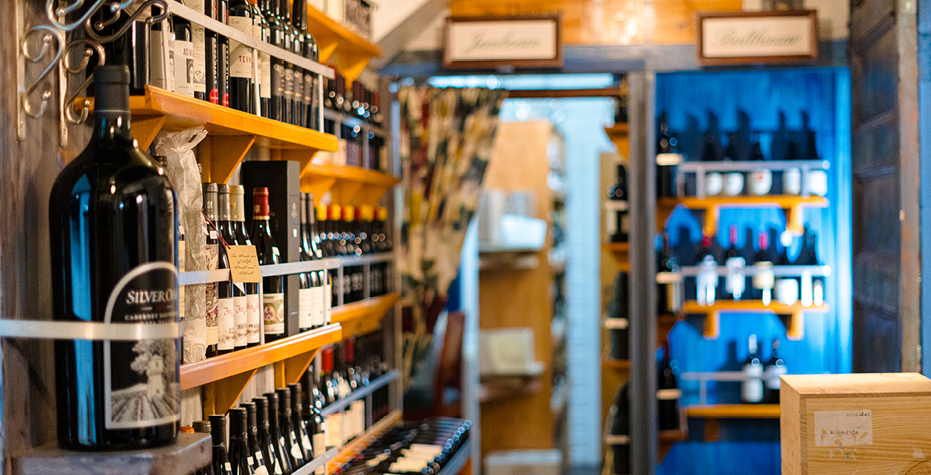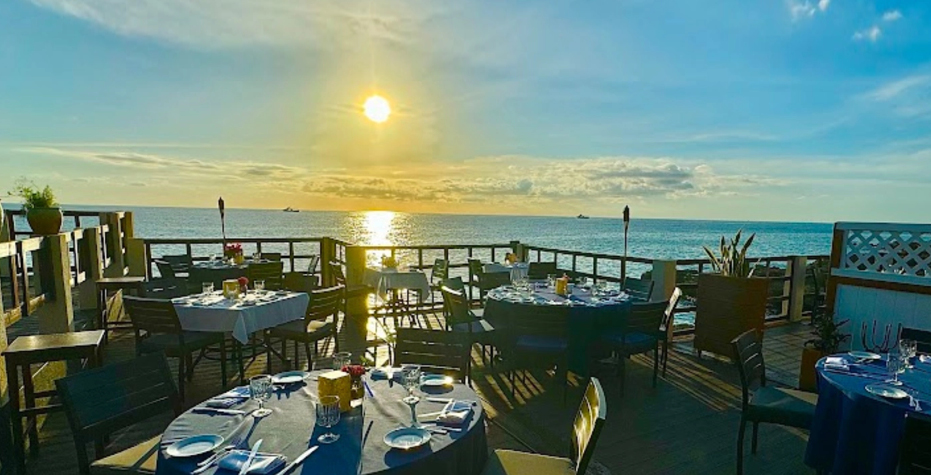Games, gatherings, and Sunday school picnics
Before electricity, life in South Sound moved at a different pace. Oil lamps lit the nights, and families gathered under the grape trees to share stories, meals, and songs. Days were filled with school lessons, marble games in the streets, and community picnics by the sea.
Cherished memories of community life recorded in the Cayman Islands National Archives
- “I remember walking with my siblings to school, barefoot, carrying a small book in hand. Teacher Hill was strict, but we learned our lessons well.” – Ormah Bodden
- “We didn’t have a schoolhouse at first, so lessons were sometimes taught under a big almond tree. It was hot, but we didn’t mind.” – Gladwyn Bush
- “We’d gather at night for dances, someone playing the fiddle, others singing. The older folks sat back and watched, while the young ones had their fun.” – Valentine Hurlston
- “Picnics were the highlight of our Sundays. We’d carry pots of stew and bread, walk miles to Pease Bay, and spend the whole day by the sea.” – Margaret Daniel
- “Before cars, we used horses and carts to get to George Town. The roads were just dirt paths, but we got where we needed to go.” – Clive Glidden
- “The first time I saw an airplane, I thought it was a giant bird come to carry people away!” – Michael Bowerman
- “Mama baked bread every morning, and you could smell it from down the road. Everyone knew when it was time to eat.” – Lucille Seymour
Life in early South Sound: footpaths, wells, and daily survival
South Sound’s connection to the sea was more than just a way of life—it was survival. Boats and footpaths connected families to nearby settlements like George Town, Red Bay, and Spotts, where they traded thatch rope, turtle meat, and other essentials.
Freshwater was scarce, and families relied on local wells like Lucy Well to provide drinking water. Thatch harvesting was also crucial, with families walking miles to cut silver thatch palm tops, weaving them into rope and baskets for trade. In times of hardship, South Sound families relied on traditional food preservation methods. One such technique was storing breadfruit in wells to keep it fresh for months.
Memories of daily life & trade in South Sound recorded in the Cayman Islands National Archives
- “Women worked just as hard as the men, weaving thatch, making rope, cooking, and tending to the children while the men were at sea.” – Corine Glasgow
- “Fishing wasn’t just a pastime; it was survival. We’d go out at dawn, casting our nets and hoping for a good catch to sell at market.” – Malcolm Bush
- “I remember when my father built his first catboat. He said, ‘With this boat, we will never go hungry.’” – Paul Hurlston
- “My father was a shipwright. He built the Firefly and the Gladwyn right here in South Sound. I remember the excitement when the whole community gathered to launch them. The water was lined with people cheering.” – Steadman Bodden
- “Ships weren’t just boats; they were our livelihood. I remember my grandfather telling me about the first time he sailed to Jamaica to trade turtle meat for supplies.” – Ormah Bodden
- “Thatchwork was a way of life. We’d cut silver thatch tops, bundle them, and carry them back home. Some were made into rope, others into baskets and hats. That was our trade.” – Maxine Singh
- “I remember walking barefoot along the cliffs, my hands full of thatch. Sometimes, we’d trade it for cloth or food in George Town.” – Clive Glidden
- “We carried water in calabashes from Lucy Well, a long trek, but the water was sweet. It kept the family going.” – Rena Mae Alexander
- “I remember rowing a boat with bundles of rope tied at the back. It wasn’t easy, but it was the only way to get to the market.” – Annie Bush
- “Mama would preserve breadfruit in the well to keep it fresh for months. It was a lifesaver when times were tough.” – Lucille Seymour
Historic South Sound homes and architecture: built to last
South Sound’s early homes were crafted for endurance and resilience. Families used ironwood, a naturally termite-resistant material, often reinforcing their homes with lime plaster and thatch roofs. Over time, they adapted from shingles to zinc roofing for added protection.
One of South Sound’s most historic homes is the residence of artist Gladwyn (Lassie) Bush, a 19th-century wattle-and-daub house. Recognised by the World Monuments Watch, Bush’s home remains an important cultural landmark. Her vibrant paintings—depicting Biblical scenes and Caymanian folklore—are still celebrated today through the Cayman National Cultural Foundation, preserving her legacy and contributions to Cayman’s artistic heritage.
Another historic property is Petra Plantation, a coconut plantation established in the early 1900s. As Cayman’s economy evolved, the plantation transitioned into Grand Old House in 1969, repurposed as a fine dining restaurant that preserves much of its colonial architecture and historic charm. Today, it remains a landmark, serving as a testament to South Sound’s transformation from agricultural roots to a vibrant social and culinary hub.
Memories of early homes recorded in the Cayman Islands National Archives
- “We didn’t have electricity, so at night, we used oil lamps, and we’d all gather in the kitchen telling stories. We didn’t have much, but we had each other.” – Consuelo Ebanks
- “Our home in South Sound was built in 1912. The porch was thatched, later shingled, and then covered with zinc when the storms started to come harder. My father built it himself with wood from local trees.” – Gladwyn (Lassie) Bush




